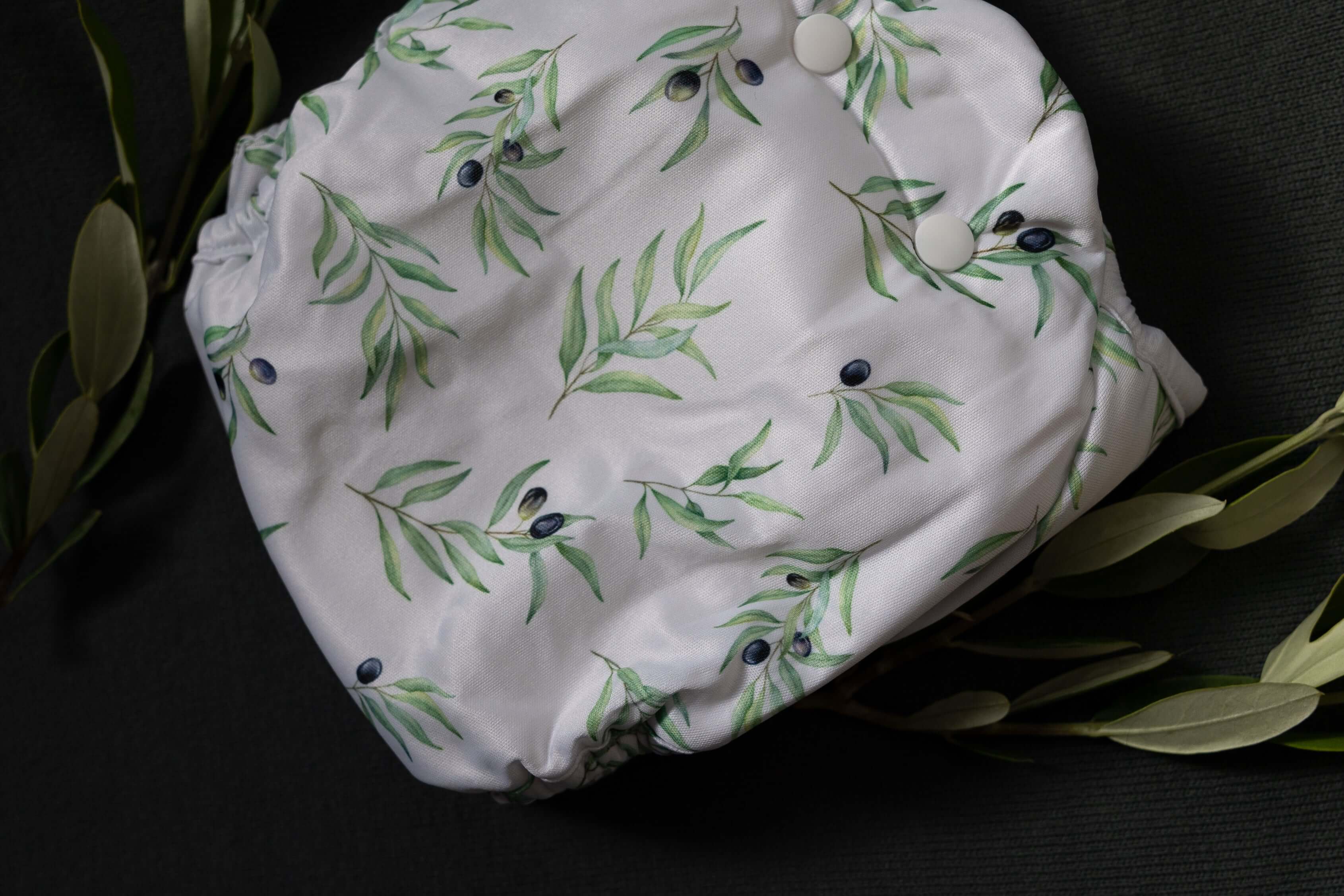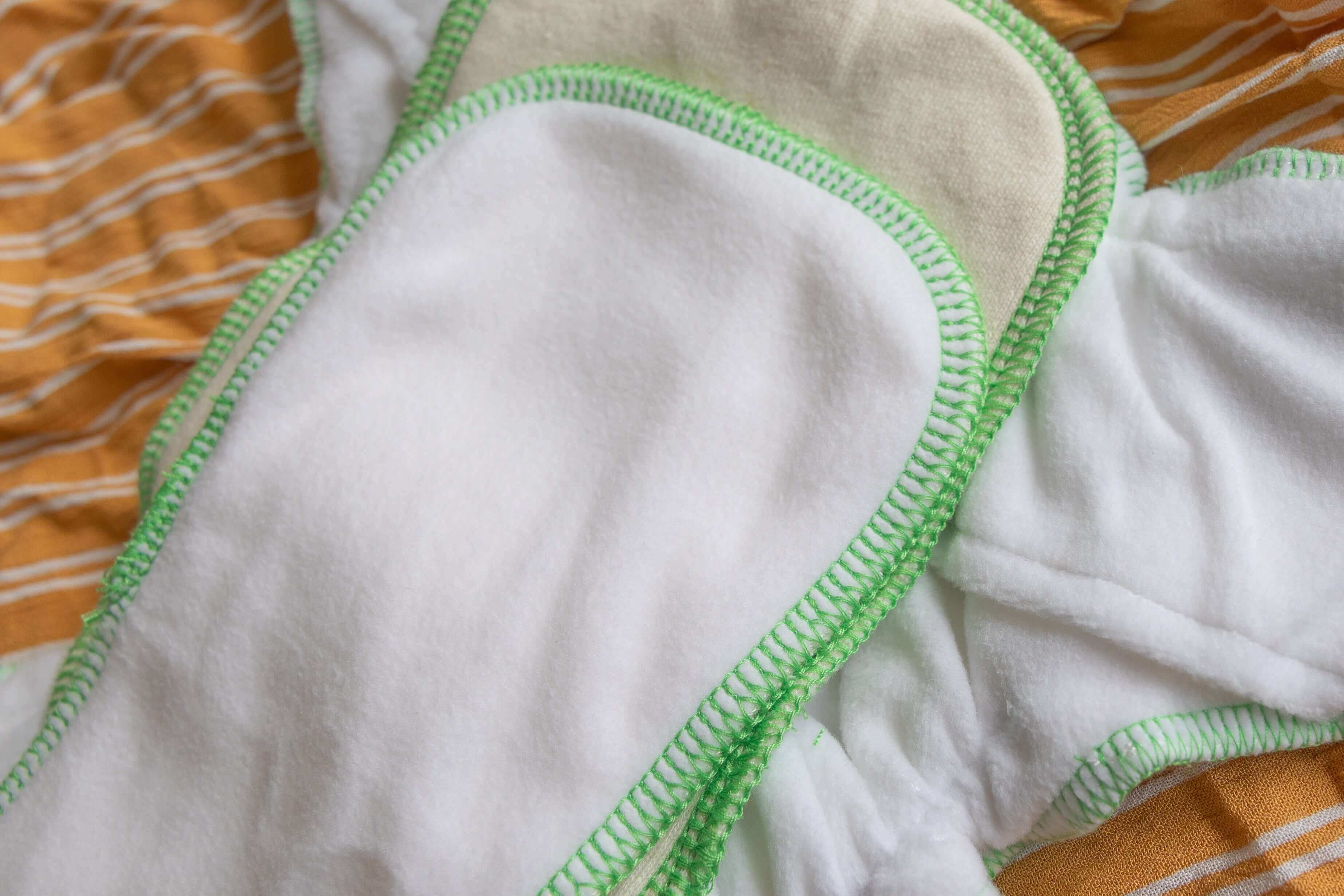
Embracing Cloth Diapers in the Newborn Stage: A Comprehensive Guide
Introduction
Welcoming a newborn into your family is an exciting and transformative experience. As a new parent, you have a choice to make about diapering – and cloth diapers offer an eco-friendly, cost-effective, and gentle option for your baby's delicate skin. This guide will walk you through the essentials of cloth diapering a newborn, from when to start to handling the unique challenges of this stage.
How Soon to Start Cloth Diapering
Many parents wonder when it's appropriate to begin using cloth diapers. The answer is simple: right from birth! Some parents even worry they have left it too late! Modern cloth diapers are designed to fit even the smallest newborns. Typically, they can comfortably wrap around babies as light as 7lbs. If your baby is on the smaller side, don't worry; they'll grow into the diapers quickly.
Stash Size & Washing Recommendations
For a smooth cloth diapering experience, having an adequate stash is crucial. Newborns can go through 10-12 diapers daily, so plan for a supply that allows you to wash every 2-3 days. This typically means having around 20-30 cloth diapers. Remember, frequent washing is essential not just for hygiene but also to prevent issues like ammonia build-up or mildew in the diapers.
Washing cloth diapers is straightforward. Newborn poop, particularly for exclusively breastfed babies, is water-soluble and doesn't require pre-treatment. Store used diapers in a dry pail and wash them every couple of days following the manufacturer's guidelines.
We encourage you to start small and build from there when you know what you like.
Special Techniques and Tips for Cloth Diapering Newborns
Fitting a diaper correctly on a newborn requires some practice. If there are gaps around the thighs, carefully ensure the gussets are correctly aligned. Adjust the diaper to the smallest setting, ensure it's not too tight, and gently manoeuvre the elastic to close any gaps.
Dealing with the umbilical cord stump can be tricky. Choose a diaper that can be folded down at the front or opt for a low-rise design to avoid irritating the area.
Handling Meconium
Meconium, the baby's first stool, can be intimidating with its sticky, tar-like consistency. However, cloth diapers can handle it well. For easier cleanup, apply a thin layer of a cloth-safe barrier cream on your baby's bottom. This cream will create a protective layer, making meconium less likely to stick to the skin. When washing, ensure a thorough cycle to completely remove any residues.
Additional Tips
- Always have a wet bag on hand for on-the-go changes.
- Invest in a few extra-absorbent overnight diapers to reduce nighttime changes.
- Consider using cloth wipes for an all-around eco-friendly approach.
Cloth diapering during the newborn stage can be a rewarding experience. Not only does it offer a gentle start for your baby, but it also contributes to a sustainable lifestyle. With the right preparation and a bit of practice, you'll soon find a rhythm that works for you and your little one.


